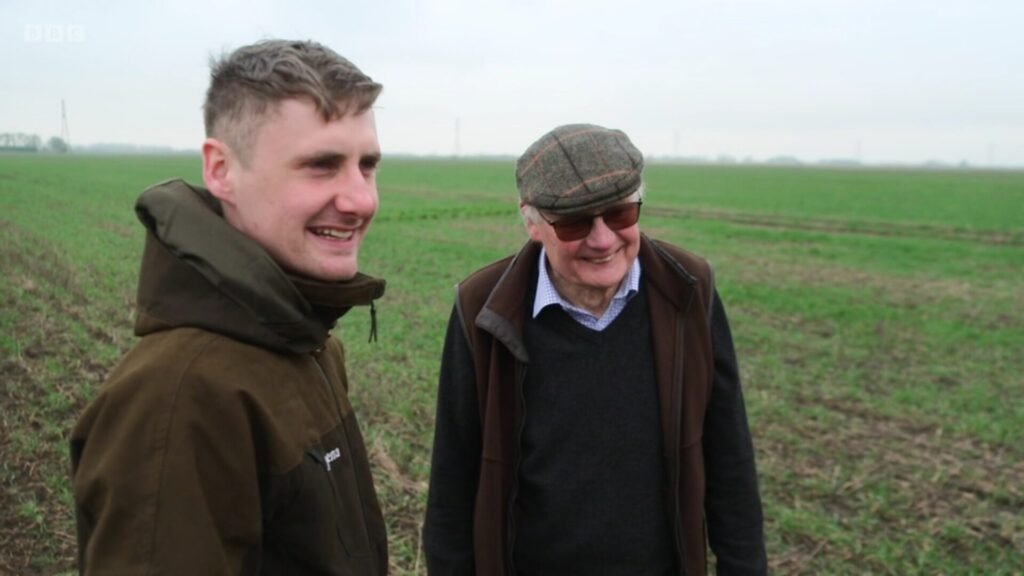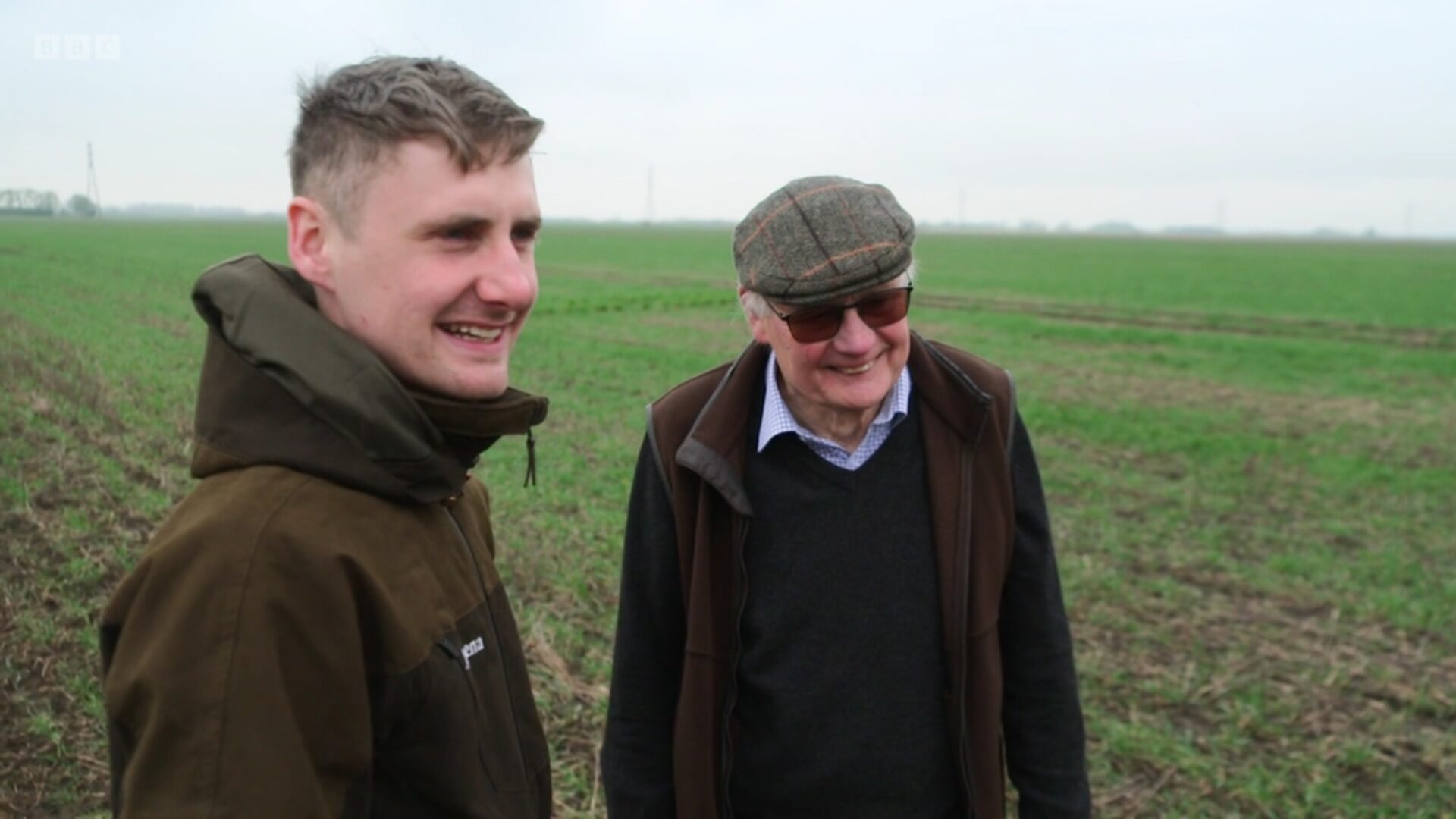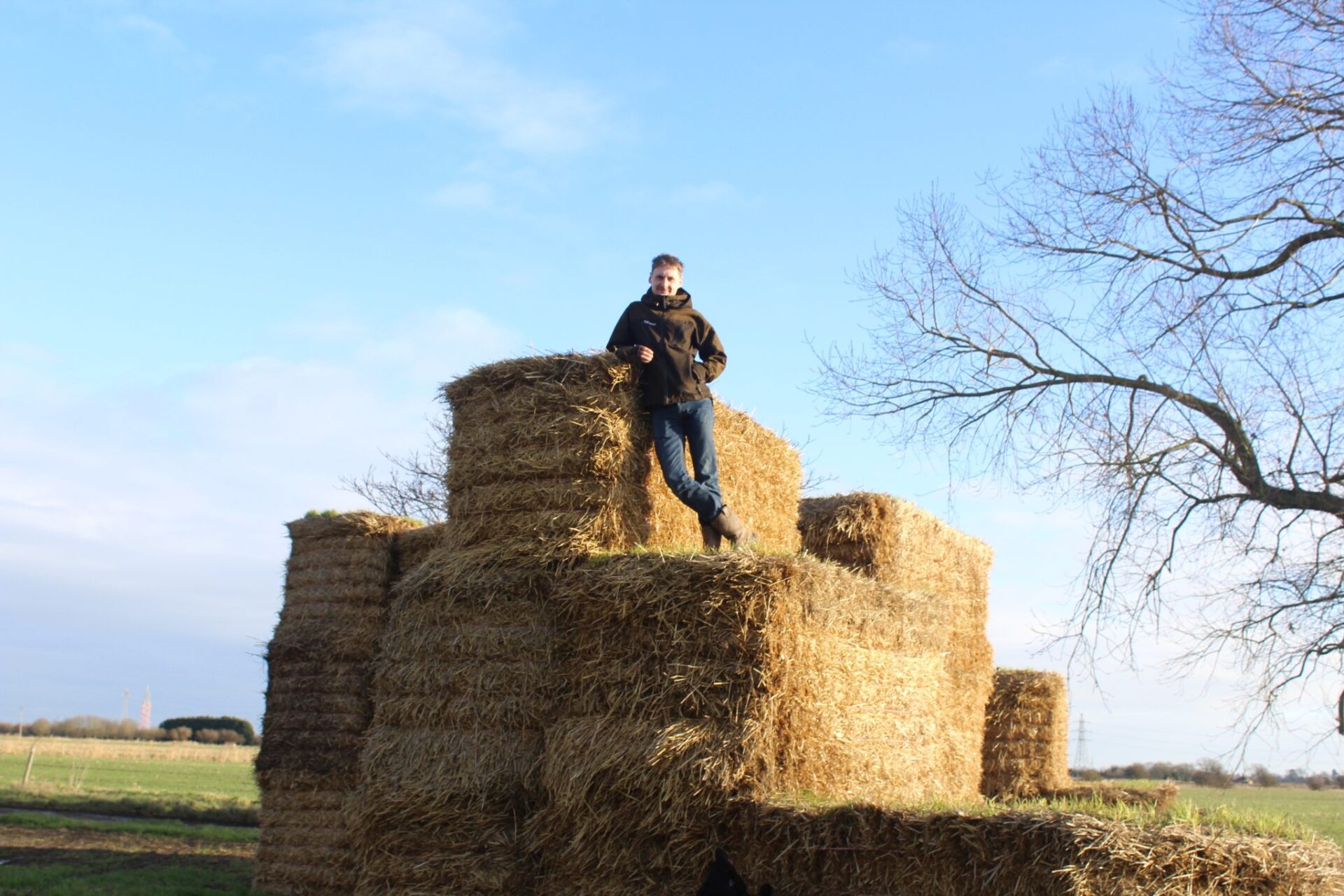
Thomas Gent is no stranger to the nuances of regenerative agriculture, having seen his family farm transition to it nearly two decades ago.
“Back then, there wasn’t much knowledge or information about how to make this transition smooth,” he says.
Gent is the fourth generation on the family farm in the east of England, where he still works with his father and grandfather and also runs the operations brand, Gentle Farming. Recently he sat down with AgFunderNews to share the ups and downs of transitioning to regen ag and how it’s different now versus 2008, when his own family took the plunge.
For Gent, who is also the regenerative agriculture lead at carbon insetting company Agreena, now is an exciting-yet-tricky time to be delving into regenerative agriculture. On the one hand, there’s greater knowledge and access to financing, both essential for transitioning. At the same time, however, there’s great uncertainty around policy in the UK and the impacts of climate change.
Below, Gent discusses possible paths forward for farmers, in addition to sharing his own family’s regenerative agriculture journey.

AgFunderNews (AFN): What was behind the original motivation for transitioning the farm to regenerative practices?
Thomas Gent (TG): I was 10 or 11 [at the time] so I do not claim any responsibility, but I know the story.
A few different factors came together on our farm. Our machinery was old and we needed to change it. Traditionally, we would have needed to [take out] a new loan and buy some new machinery. We were also at a point where the actual finances of a farming business and the global prices were not that good. So the outlook of going to the bank and getting a big bank loan didn’t look like the best decision.
Granddad had also at that point been on holiday to Argentina and he’d seen them doing no-till out there. He thought, “OK, if we can have the EU subsidies plus do this no-till thing—which the Argentines seem to be doing and they’re still managing to farm—it seems like a no brainer.”
We did no-till on one field one year. It was the best-yielding field on the farm that year. That was just a fluke. But it gave granddad and dad the confidence to do everything no-till. I definitely wouldn’t recommend that as the best way to [transition]. But back then, there wasn’t much knowledge or information about how to make this transition smooth, so we kind of had to jump the gun and do it quite abruptly.
AFN: What was most challenging about it then? Do those challenges still apply today?
TG: Back then, there wasn’t much knowledge around how to make this transition [to regenerative practices].
The biggest factor for us was that the machinery wasn’t suitable. All of the no-till machinery [at that time] was built for large, North American, South American type farming systems, and didn’t really fit our system. The only no-till drill on the market really was a John Deere 758, which is what we had and used. It didn’t really work in our soils and system.
Then granddad being the inventor decided he could do a better job, so we spent a few years developing our own drill. Now granddad holds a patent on one of the world’s best-selling direct-drill coulters.
Nowadays, with more interest in [regenerative agriculture] and more financial support from things like carbon markets, plus more technical capabilities and knowledge, it’s possible to make the transition smoother today than we had it.
AFN: When did you start using the Gentle Farming moniker?
TG: We farmed, as I said, for generations, but we never had a brand for our farm before.
Around 2020, I realized there were a lot of opportunities for our farm, but that required a bit more marketing—which farmers are generally not the best at and typically don’t enjoy.
That’s what led me to founding Gentle Farming, which I would describe as the brand of our farm. That’s led us to lots of opportunities, working with lots of tech companies and insect farming companies and carbon markets, and then also a lot of direct sales opportunities. We now work with brands looking to source more regenerative produce.
AFN: Where do you see regenerative agriculture at in terms of farmer adoption in 2025?
TG: Most of my experience is in the UK and Europe. I traveled around some farms in North America as well.
I would say everybody’s at a similar point, where the most forward-leaning, innovative farms are moving down [the regenerative] route in some direction, but that is still the minority.
We’re at, in my opinion, the classic kind of adoption bell curve, somewhere moving up the side towards the kind of mass adoption of farmers. That comes with a very different language and communication style we need to have with the majority of farmers.
They’re not in the position often to take as many risks [as early adopters]. They need a bit more stability and financial support. And that’s where stacking incomes is going to be really, really important for those farms.
Obviously, one [way to do that] would be the carbon markets. But it’s not just going to be one thing. It’s going to require the whole village to help farmers transition.

AFN: What do you see as the biggest challenges for UK farmers—conventional or regenerative—in 2025?
TG: We’ve had a pretty crazy year in agriculture, especially in the UK. We’ve gone from probably one of the most extreme winters people remember into the driest spring/summer season that most people can remember.
That’s had a big impact on yields. We’ve just finished harvest, and most of our winter crops performed just below average. But all of the spring crops were quite significantly down. The quality was pretty good, but the yield is very low, and that really is just because they just didn’t have any water for months and months.
Interestingly, though, on our farm compared to neighboring farmers, our plants did stay greener longer. Our plants definitely looked different to the neighbors’ because our soil has that water holding capacity [that’s often because of regenerative farming practices].
We’re also pretty lucky, because we’re on fairly heavy soils that hold moisture longer. Some farms in the UK have had some of the worst harvests anybody can ever remember.
So it’s not been an easy year, and with all the kind of government subsidies and changing that’s happened in the UK, farmers are definitely feeling a feeling a burden at the moment.
AFN: Are there policy and/or government-related things adding to this burden?
TG: It all started with that decision to leave the EU. That meant that we lost the traditional EU funding most countries still have, where it’s a very consistent amount per hectare just based on having a farm.
The UK government decided to move [funding] to much more outcomes-based or action based [approach]. So, for example, you could apply to plant cover crops, and there was a payment per hectare for doing that. It was actually a really good system, because it encouraged farmers to do some of those [regen ag] things and supported the right practices.
But with the budgets tight, that’s been paused and now we’re waiting to see what the government comes up with next.
Then we also have the inheritance tax for agricultural land, which is very new thing and definitely upset a lot of farmers. It is going to be quite tough for older farmers. So that, plus things like food strategy has definitely made farmers confused about the future.
The tricky thing we’ve found is that we can’t rely on government funding—it’s too unpredictable. So farmers need to find different income streams to stack that at the very least would be a combination of government and non-government [initiatives].
AFN: Could the uncertainty actually lead to more farmers adopting healthier farming practices and things like carbon markets?
TG: That’s definitely a hypothesis I agree with. The tricky thing is, all of the uncertainty is definitely making people think more about their business and what they need to do to de-risk, which is good.
However, farmers [are now in] a trickier position to make that transition, because we know that transitional period [to regenerative ag practices] is tricky. There’s risk, there’s loss, there’s certain investments that need to be made.
If there’s no stability in anything, it makes it even harder to make that decision.
So while the goal of looking after soils and being more resilient is definitely strengthened in people’s minds, the transitional hurdle is probably bigger now than it used to be because of the lack of certainty.
When we transitioned, we had EU funding that was reliable and consistent. Now farmers don’t have that, and they have much more extreme weather. Again, that’s why different income streams and carbon payments and private schemes are probably even more essential than they ever used to be.
AFN: Along those lines, you’re on the Agreena team as well. How did that come about?
TG: Back in 2020 I was looking at, and I started to understand that [the regenerative practices] dad and granddad had been doing also happened to be good at reducing our carbon footprint and storing carbon in the soils.
When dad and grandad first transitioned, it was much more for economic reasons; environmental reasons weren’t really talked about.
I thought this could be an opportunity for me to help more farmers transition. So I basically set about trying to do it myself in the UK, and I very quickly realized that I needed a little bit more support.
I came across Agreena at the start of 2021, literally just when they were starting up. They had the knowledge I didn’t have [around carbon] so I joined the team. I bring a bit more of the farmer knowledge to the table that they were missing. It’s been a wild ride since. I didn’t mean to get involved in such a quick scaling start, but I’ve learned a lot, and it’s been awesome.
The post Stacking incomes is about to get ‘really, really important’ for the regenerative agriculture transition appeared first on AgFunderNews.



